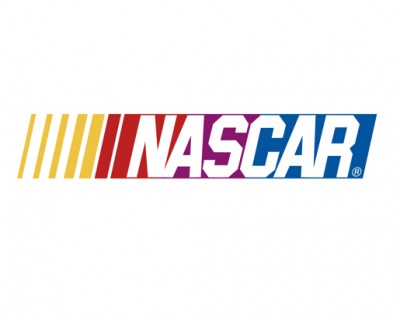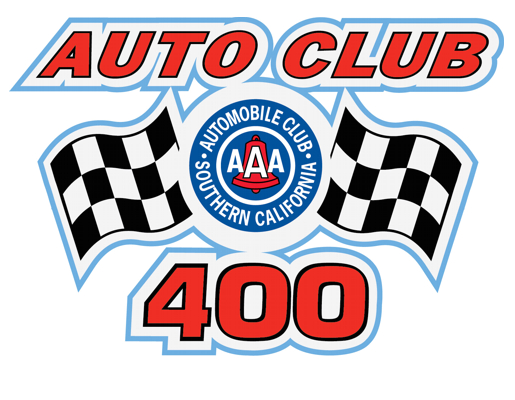In the world of NASCAR, it’s the drivers who typically bask in the glory and fame. Casual fans rarely acknowledge the engineers, and mechanics who build the cars. And they certainly forget the people working in the pits rather quickly. The truth is that pit crews face as much danger as the drivers racing on the track.
It takes a certain type to work on a NASCAR pit crew. You have to be both fearless and humble. When the average fan watches a race on television, they have no idea how much danger lurks around every corner for pit crew members. Several pit crew members have been badly hurt from accidents and hazards over the years.
These warriors put their health on the line to help their drivers get in and out of pit road quickly. Consider some of the most dangerous situations a pit crew member faces during each race.
Speeding Cars
When a crew member changes the tires, they have to be aware of oncoming traffic. Other cars exit their pit boxes to get back on the track while pit crew members work on their cars. The pit crew workers must stay as close to their car as possible to avoid getting hit by oncoming traffic on pit road.
Sometimes other drivers play mind games with the pit crew members of other teams. They might speed up when they pass by the car. This type of reckless behavior is usually punished by NASCAR officials, but the punishment can’t undo the danger. The danger escalates even more when numerous cars finish their pit stops within a split second of each other. Drivers frantically steer their cars toward the exit of pit road, and sometimes pit crews get overwhelmed by the crowd.
Flammable Fuel
Even with the help of fire resistant clothing, pit crews still face danger from flammable fuel. The gas man’s only job is to fill the car up with fuel each time the driver stops in their pit box. He or she usually uses a can with a long spout for fast pouring. But sometimes the car speeds away while the gas can is still inside the tank. This can create a fuel spill on pit road that turns into a fire hazard.
Tiny sparks from the cars can ignite small puddles of fuel. Pit crew members have been burned badly over the years after attempting to put out these fires. The fuel can splash up onto bodies and burn them quite easily. The suits they wear can protect them from devastating burns, but they still face plenty of danger from the fires that sometimes occur on pit road.
Machinery and Power Tools
Though these accidents are rare, pit crew members can sometimes suffer from wounds from power tools. When the car stops in the pit box, the tire changers must loosen the lug nuts on the tires. The jack man runs out to jack the car up so that the tires can be changed. These pieces of equipment are heavy, and the pit crew members sometimes sustain hard hits from others using them.
When a car suffers damage in an accident, the crews must use drills, hammers, and other equipment to repair the cars. These tools also present dangers to pit crew workers. These men and women have to work quickly and efficiently. One small slip of the hand can cause a traumatic injury.
These dangers and others prompt the NASCAR pit crews to perform routine safety audits. The teams must be able to operate quickly, but they also need to keep their crew members as safe as possible during pit stops and repair procedures. Teams will continue to seek young, fit people to tackle the most dangerous assignment in sports. Pit crew members may never get the recognition they deserve from fans, but the drivers and team owners know what these crew members bring to the table.
Safety and the future
After three members of Ricky Rudd’s pit crew were injured when Ward Burton struck them with his car on pit road at the Homestead race in 2001, pit crews that once went over the wall in mechanic’s shirts and pants, now wear helmets, knee pads, and flame resistant clothing. Burton obviously had his eye on the prize, because that’s his job. Nascar races are all about speed, and even though the organization has imposed mandatory modifications to reduce horsepower, mechanics have managed to find ways to make cars faster anyway.
Zack Albert, reporting on the evolution of pit crew tools, methods, and best practices for NASCAR.com on June 16, 2014, pointed out that NASCAR’s emphasis on speed hasn’t come without concessions to safety. NASCAR officials instituted pit-road speed limits after the death of crewman Mike Rich in a pit-road accident in the 1990 season finale. Beforehand, drivers barely slowed as they pulled off the track to pit lane.
“I never thought about it, all the years I went across the wall,” Waddell Wilson said. “The cars would go by you so fast especially at Daytona and Talladega, the speed of them would just about turn you around. They’d come down pit road about as fast as they were running down the race track. That’s how they’d make up time.”







